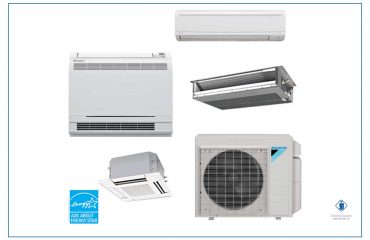What are the applications of a heating chiller?
There are no specific restrictions on heating chiller applications and they are suitable for any place and instrument with any use. Unless the type of chiller limits its use in some areas. For example, an absorption chiller uses heat energy to start up and consumes more water, so it is true that it is more open-handed in its raw material and stimulus, but it is not suitable for areas with water shortages. But since the chiller is produced in different types, it is suitable for all types of home, industrial, office, commercial and health uses.
It can be said that chillers simply adapt to the conditions. This means that their home type or home chiller, designed to make it easier to use the chiller for people who are not experts and intend to simply use the chiller. It was said that the heating chiller should be connected to a heat source such as a boiler. But when using home chillers, the goal is to make the system easy to use and hassle-free, so no engine room or boiler is needed. The package, which is generally used for heating buildings, can be connected to home mini-chillers to act as a heat source for them.
The advantages of heating chillers that keep their use wide are:
- Diverse capacity
- Having a cold or heat generator
- Chiller ducting and piping with different materials and compatible with the needs
- Produce it in a different structure for each type of need
- High variety in types, for various uses
- Low noise production
- Spend low energy
The chiller can be considered a self-sufficient or relatively self-sufficient device. This means that the cooling chillers have their own refrigeration source and do not need to be accompanied by a package or boiler. Furthermore; Cool air chillers do not require any other means to dissipate the heat that has entered the refrigeration cycle, but at the same time, cold water chillers must be connected to a cooling tower to cool the water entering their condenser. In this way, another cycle is added to the main cycle of the chiller, and people who choose a cold water chiller with this installation, should also think about the cost and space required to install the tower. But heating chillers are connected to the package to access the heat source. Of course, this does not detract from the applications of the heating chiller and the chiller in general, because it adds to its ability to be versatile, and people can achieve multiple goals by installing one device. But at the same time, as mentioned, this is not the case for mini-chillers, as they do not need an engine room to supply their heat source and are simply connected to the jack.
What is the difference between a heating chiller and a package?
The main differences between heating chillers and packages are whether they are independent or not. This means that the heating chiller must be connected to a boiler to supply its hot water source, while the package is a complete and independent device that has replaced the engine room and water heater. Therefore, the package provides both water consumption and heating, but the heating chiller is not able to supply its own hot water. This independence and self-sufficiency is such that in the domestic use of chillers and household chillers, which also include mini-chillers, the package itself enters the work cycle as the chiller heat source.

 English
English  فارسی
فارسی 



